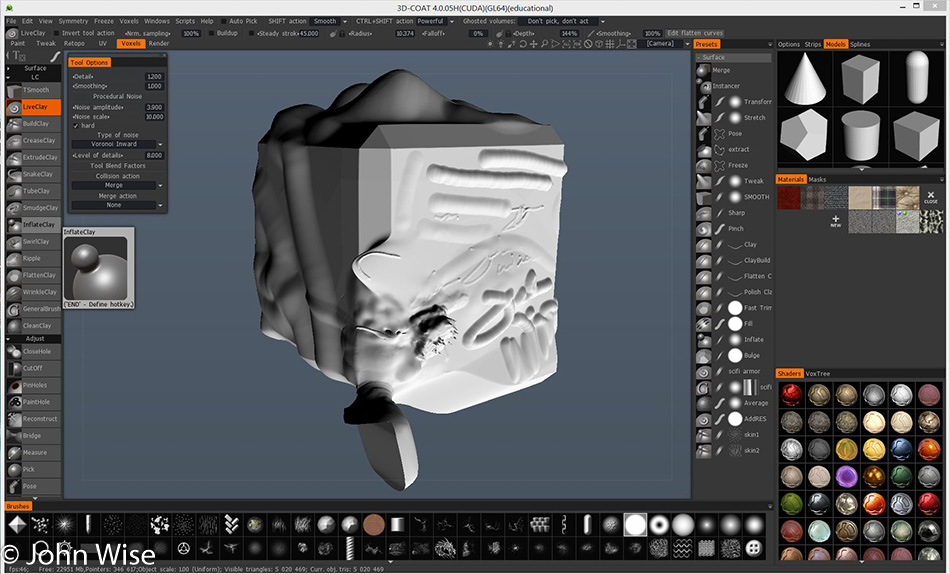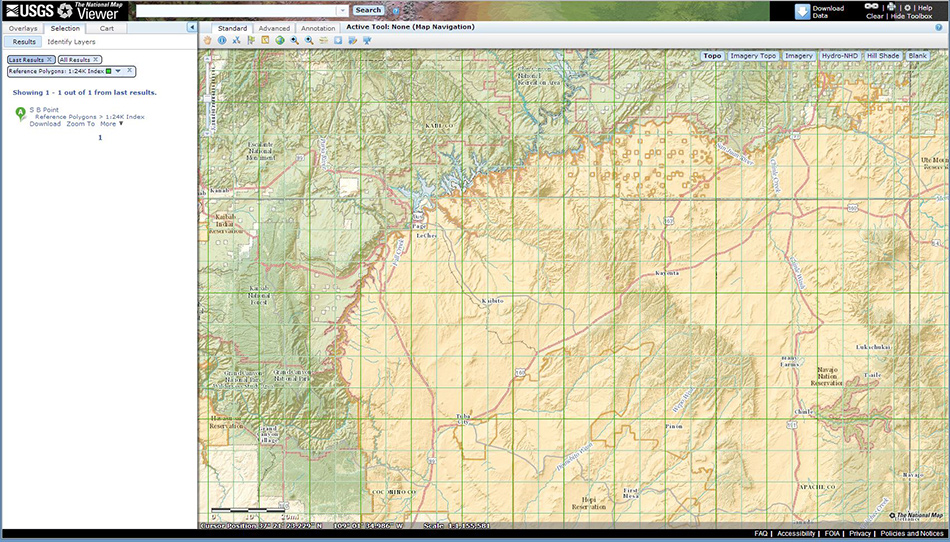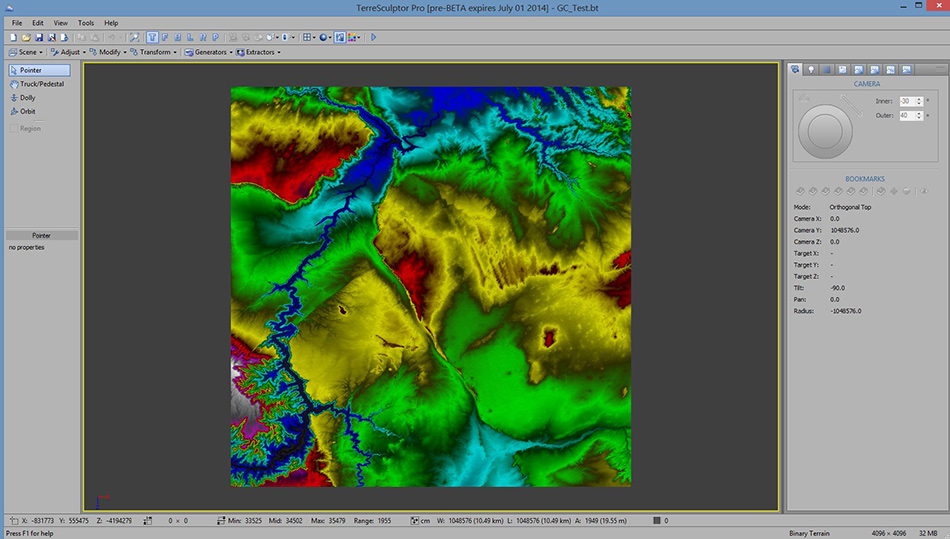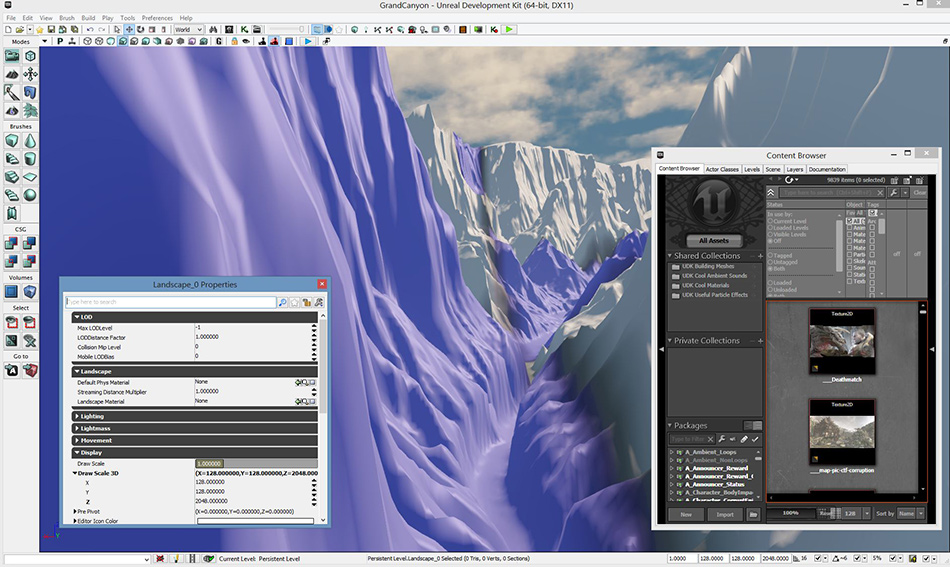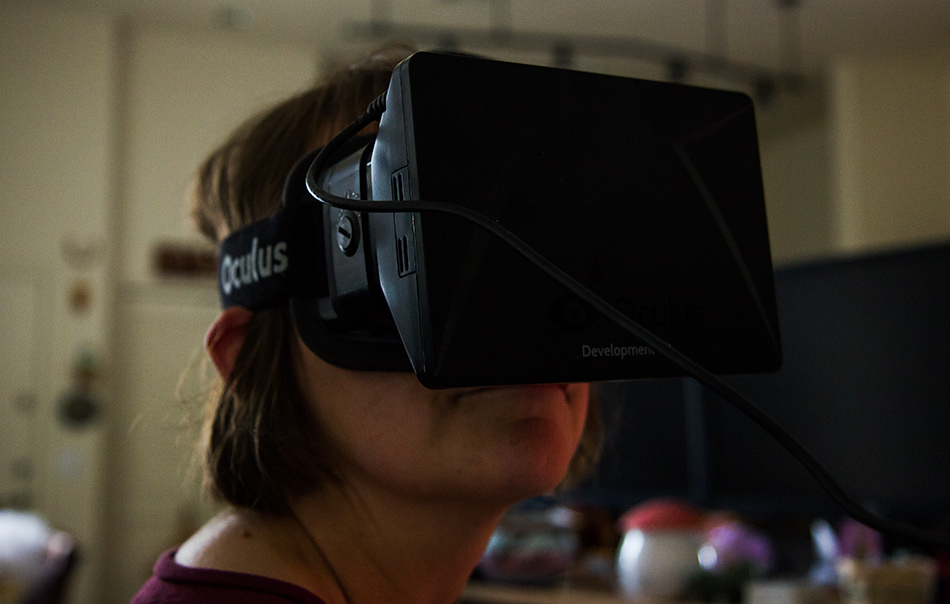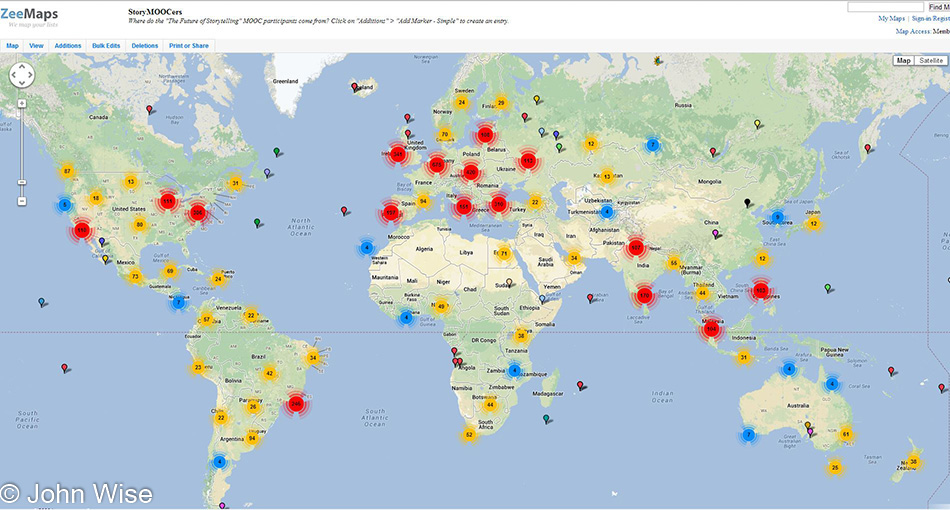
Started a free online class today titled “The Future Of Storytelling.” This eight-week “MOOC” or Massive Open Online Course is being presented by the Design Department at the University of Applied Sciences Potsdam, in Germany. The map I’ve included shows where participants are located. Fifty-thousand people from around the globe have signed up, not everyone has noted on the map where they are, but I think it’s probably fairly representative. Think about this for a moment; the average size class at this university is between 10 and 30 students and they are all present on campus in Potsdam, Germany, but online there are 50,000 of us participating. How many more people would have signed up if they’d heard about the MOOC?
While this is my first semi-formal online class, my wife has been busy off and on for the past few years taking online courses, most recently a free Python programming class held by Coursera and Rice University. What really drew me into blogging about this is the map above. If you have any doubt about our world being a global community, just check out where my classmates live. They are from everywhere, including Nunavut, Canada, Bhutan, and Timor, to southern Chile and Namibia. Sure, we all know the internet is a global medium, but when was the last time you were in a classroom with people from around the world WANTING and voluntarily learning the same thing as you?
So why is this important to Virtual Reality? Because education is going to move into the 3rd dimension and it’s going to change our relationship to wanting to learn, that’s why! How, you might ask? In the case of VR and then the arrival of positional tracking, we are going to be able to reach out and manipulate the avatar we are trying to animate, for one example. Then, with AR (Augmented Reality), we will have a 3D model that will hover between us and our computer screen of, say, a giant weta (you really do need to click this link) that we can spin around, zoom in to, and see its movement. Matter of fact, we can all have the world’s largest 3D natural science museum in our homes that will allow us to explore everything from molecules and cells to interstellar gas clouds. This has been the promise of these technologies for decades, but the time of their arrival is now just around the corner. Today, I learned about castAR and felt that I’ve been living under a rock for the past two weeks; how did their Kickstarter campaign get past me? castAR is an inexpensive Augmented Reality headset that looks like it might be in competition with the Oculus Rift, but I think it will more likely be another amazing stepping stone to what is shaping up to be the most rapid development phase we have yet seen regarding our relationship to the virtual and augmented world we will one day soon start to explore. Check them out; their magic wand is going to get a lot of attention.
Like the industrial revolution that accompanied the advent of the steam engine or the modernization of roads and housing following World War II, we are entering an era where millions of people are going to be needed to build our new infrastructure using skills in jobs that only existed in small numbers as those advancements first started to be developed. Game companies will continue to make games. Movie studios will learn how to make immersive 3D movies we can be in the middle of. But it will be an entirely new economic engine of small companies and individuals that will give us new planets to explore, bizarre creatures to interact with, and scientific processes we can see and play within the safety of virtual exploration, for just a few examples. If you are going to participate and be one of these new “Virtual Construction Workers,” you have a long road ahead of you where you too better be signing up for free online courses and learning all you can about digital arts, music, programming, animation, and science that might prepare you for building your own version of how this virtual world might look.
